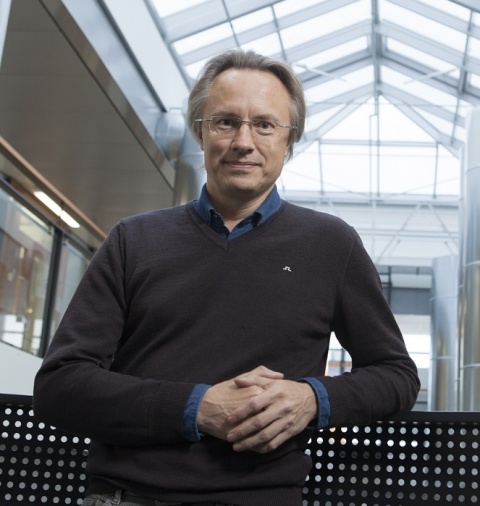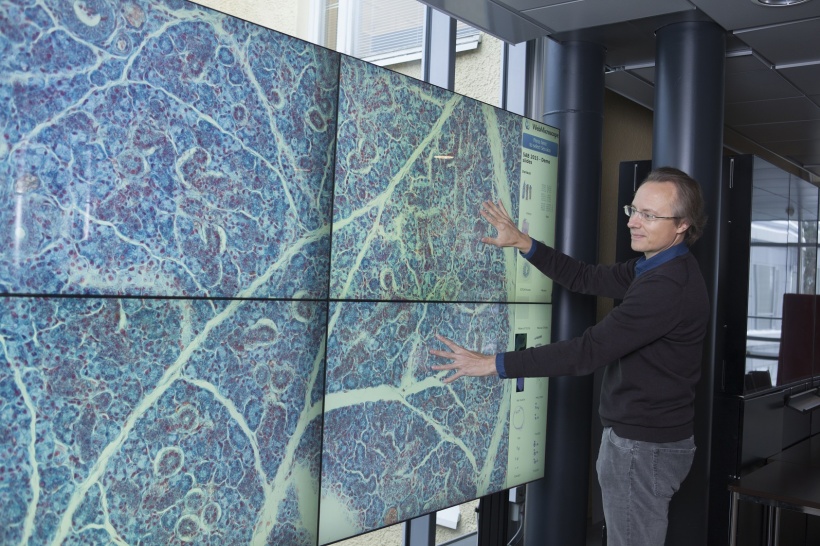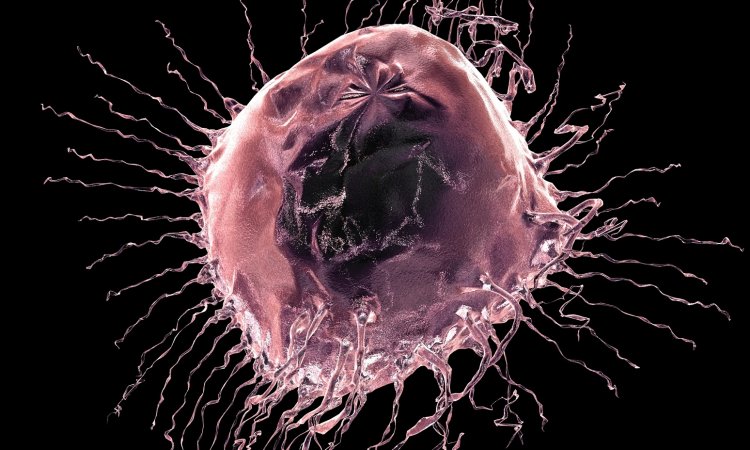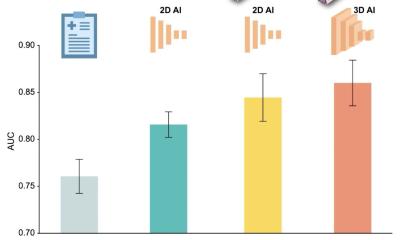Article • Digital Pathology
Deep learning and AI progress
Time to speed up the adoption of digital pathology
Report: Mark Nicholls
Early adoption of image analytical tools and artificial intelligence (AI) are crucial if health systems across Europe are to see the full potential of digital pathology, according to leading expert Professor Johan Lundin, Research Director at the Institute for Molecular Medicine Finland (FIMM) at the University of Helsinki. Although European institutions increasingly embrace digital pathology, he remains concerned that progress is slow and several organisations have not yet moved onto the next level of introducing analytical tools.
Speaking from his experience in Finland and Sweden, he pointed out that, during the last two years, major university institutions where pathology is part of the operation have acquired microscopy scanners that are the basis for going digital and the instruments for digitising a sample.

However, he said that the pattern in some parts of Europe was slower than he would have expected. ‘There are many reasons for this,’ he said. ‘One of the most important is that, so far, digital microscopy and pathology have mainly been limited to viewing. If you compare viewing a sample under a microscope, or viewing it on screen, there is not much difference or much to gain - maybe only in speed and access to the sample archives. For the everyday work of the pathologist, I do not think they experience it as a clear improvement.’
Critical to changing this, and exacerbating the implementation of digital pathology, is the addition of image analytical tools and machine learning and artificial intelligence to analyse and pre-process the samples. ‘With these you have a clear reason why you should go digital but without going digital you will not be able to use those tools,’ he pointed out. ‘Another driver is to create better interfaces, where it is more convenient to view and handle the samples digitally.’
An area where there is room for advancement, he said, is in the development of more sophisticated instrumentation with almost all instruments currently available still based on conventional technologies and typically centralised rather than located where the samples are prepared. Professor Lundin believes there are a number of steps to take to help overcome these hurdles.
‘When you see the huge advances in artificial intelligence applied to pathology in the 1-2 last years, you realise there is no going back from that progress. It will definitely come, but the question is when and how fast?
‘We have seen from other parts of medicine - like diagnosing a melanoma from a photograph of a skin lesion, or looking at the diabetic changes in the fundus of the eye – that the algorithms have reached expert levels of performance, so that means the same will of happen in pathology. Of course,’ he continued, ‘it will not replace pathologists, but it will provide a number of really efficient tools to add to the clinical workflow.
‘What is really needed is to organise and develop the actual digitisation process to be much more efficient and also to develop the workflow and way pathologists interact with images and with the results from the automated analysis.’

Cost, in terms of hardware, scanners and instrumentation, remains an issue, but Lundin is convinced that the addition of analytical tools, such as automated analysis, will translate into improvements in efficiency and speed. He notes that several institutions are introducing digital pathology on a step-by-step basis, initially by acquiring a scanner, and then digitising archival material for teaching and seminars before leaning towards clinical samples.
A key challenge is to bridge the gap between technical researchers and clinical pathologists, one which Professor Lundin hopes the 14th European Congress of Digital Pathology – Helsinki. May 29 to 1 June 2018 – will help address. As joint President of the conference – which will also incorporate the Nordic Symposium on Digital Pathology – he said: ‘The whole topic of the conference is digital diagnostics and augmented intelligence. ‘I hope to gather together researchers from the technical field and the clinical pathologists to build a bridge between algorithm development and the users of these methods.
‘It will give the opportunity to discuss and see examples from current applications and the most recent advances in deep learning and artificial intelligence that shows the complex things you can now classify and analyse with the machine tools,’ added Lundin, who was also involved in the European Congress of Pathology in Amsterdam (2-6 September).
Profile:
Professor Johan Lundin is Research Director at the Institute for Molecular Medicine Finland (FIMM), hosted by the University of Helsinki, and Guest Professor in Medical Technology at the Karolinska Institute in Stockholm. He is also Associate Professor for Biomedical Informatics at the University of Helsinki. His key research aims to fully utilise development within information and communication technologies to improve diagnostics and care of the individual patient. He is also a consultant for Finmic, an academic spin-off company that is commercialising the web microscope developed within his group.
24.11.2017










